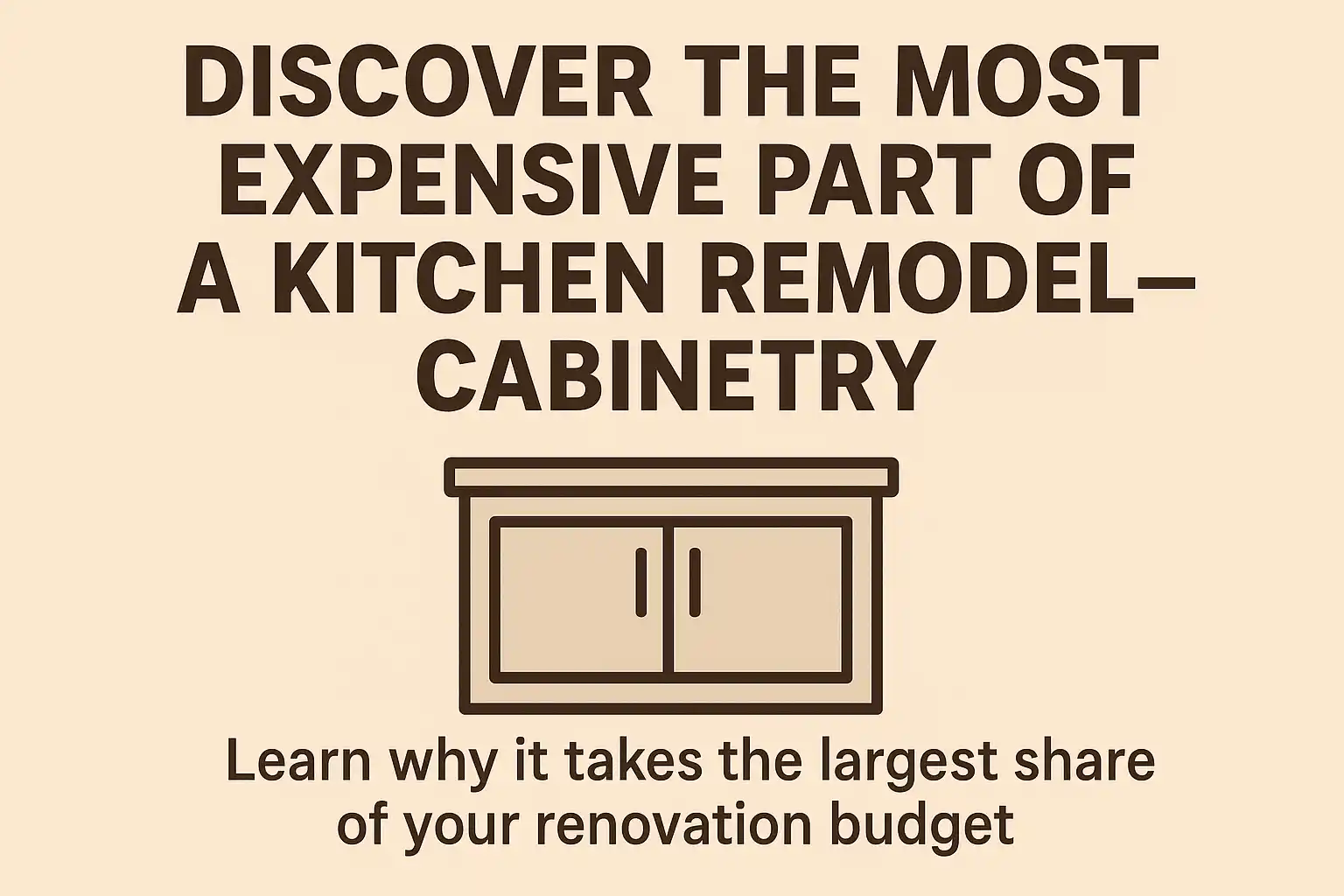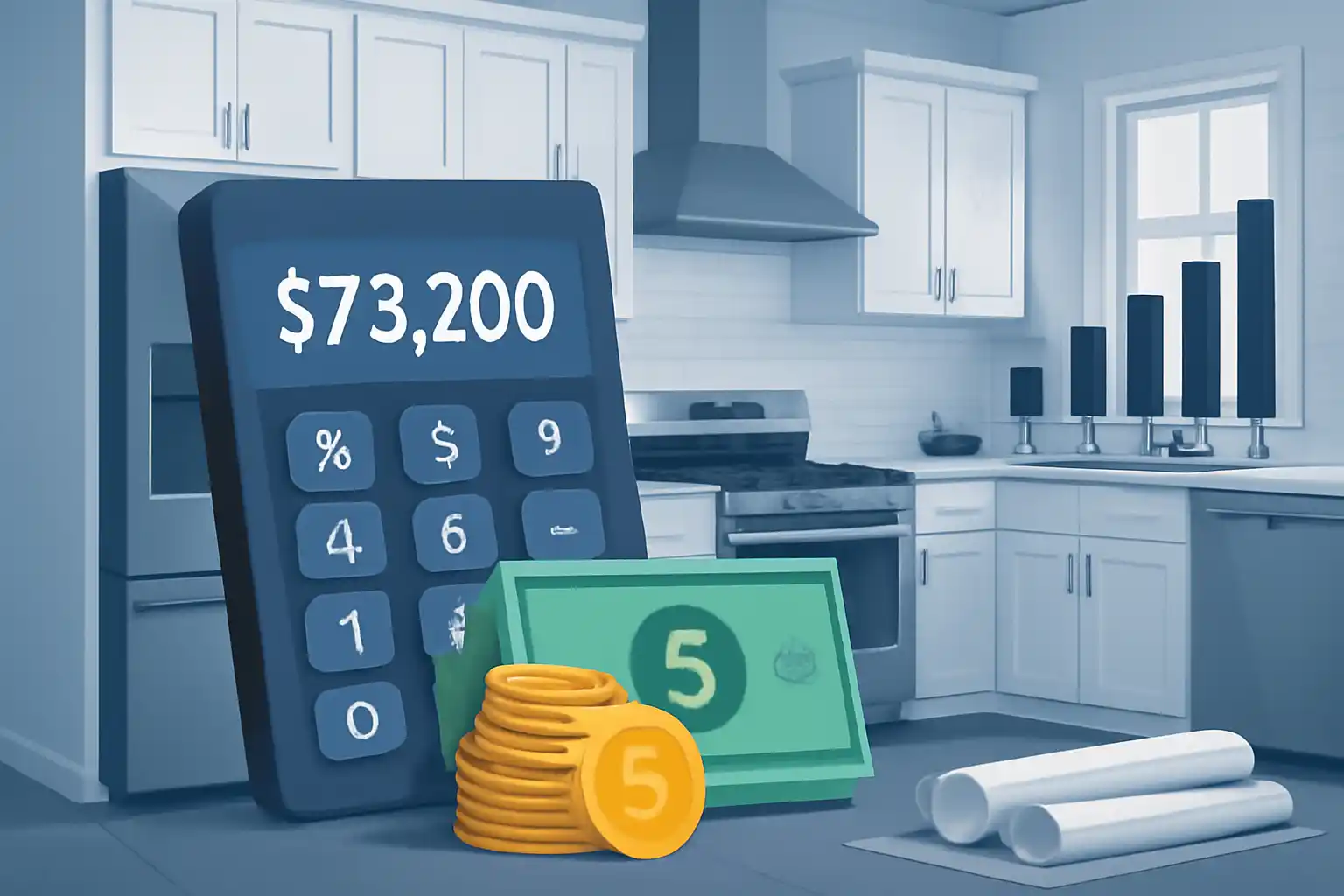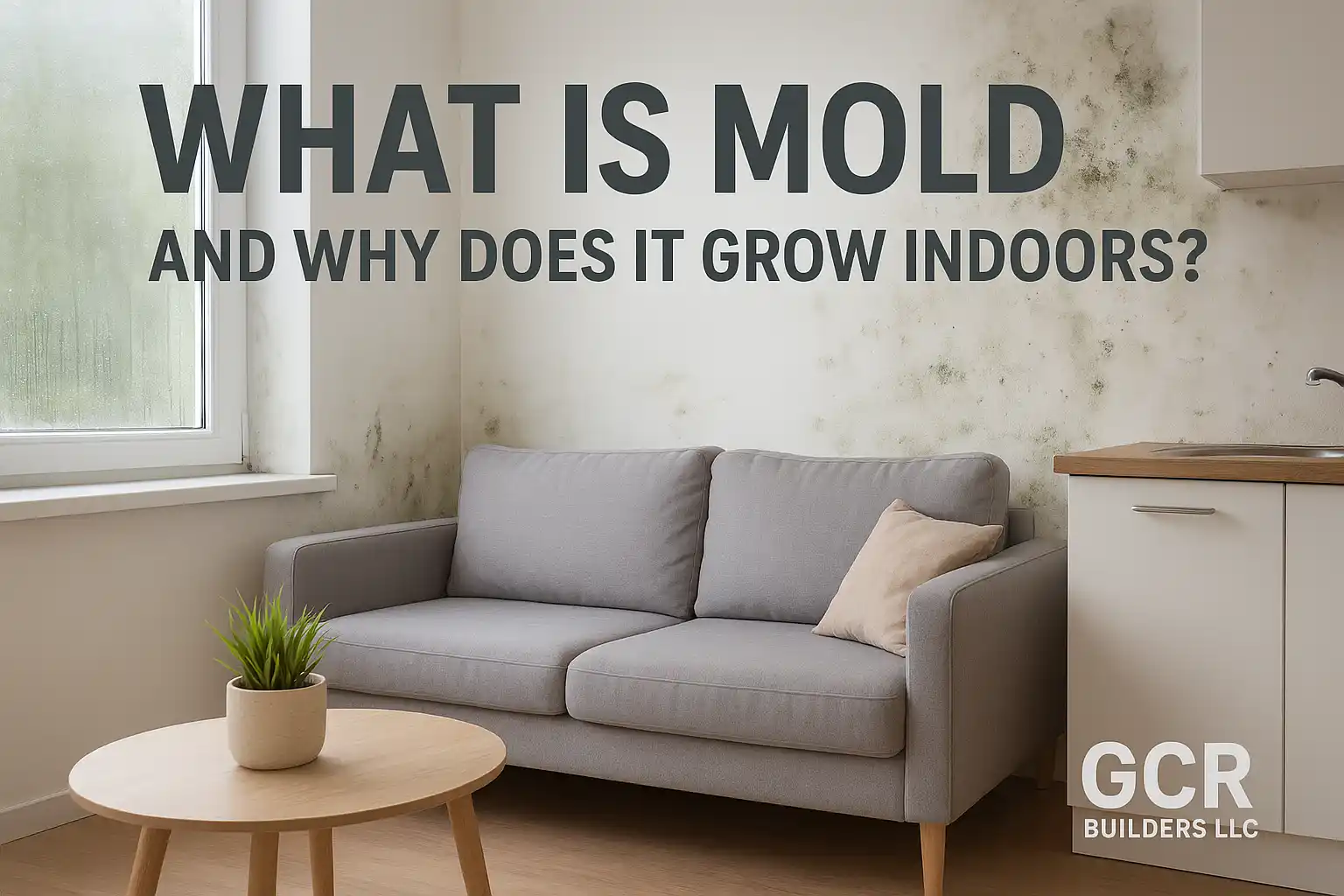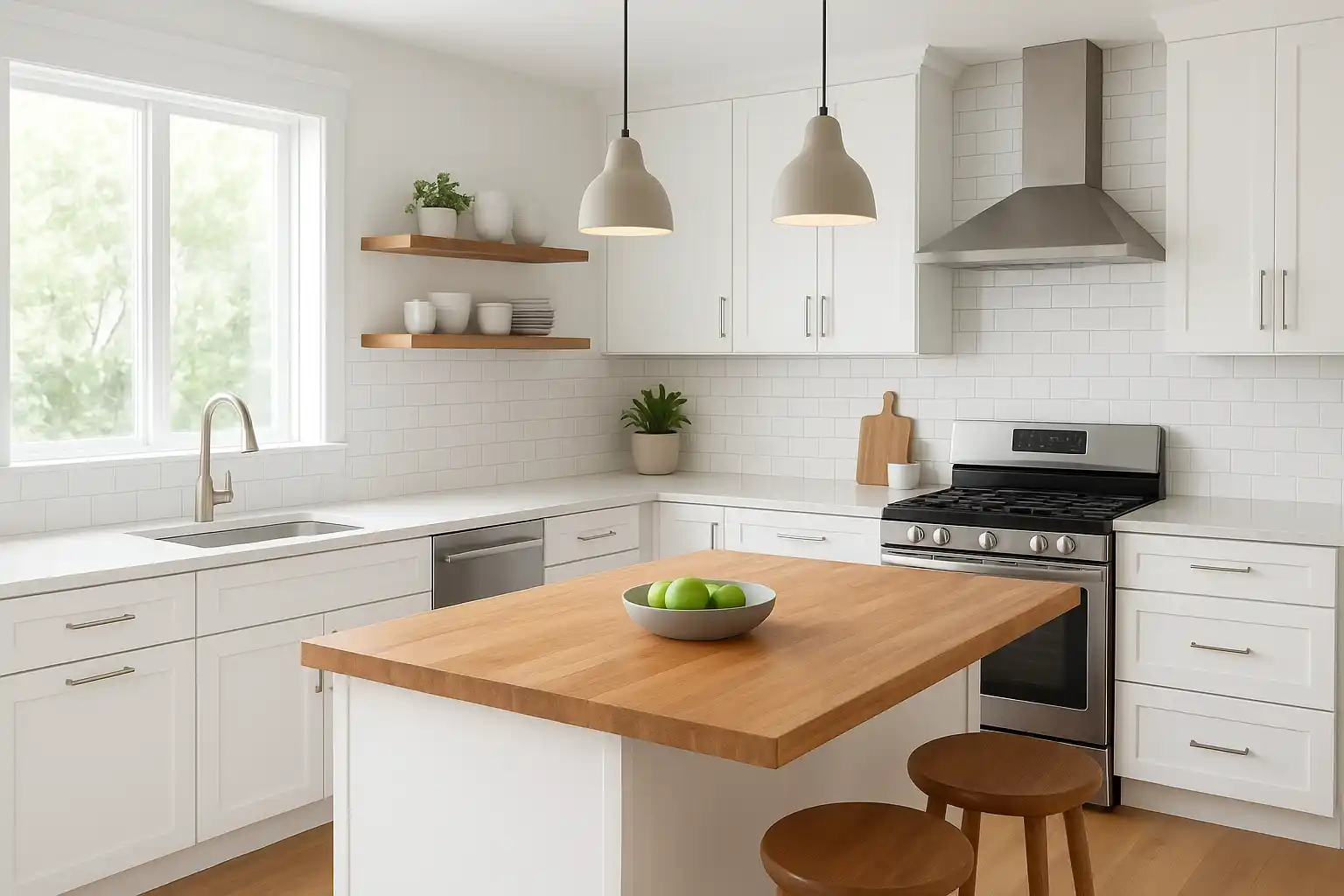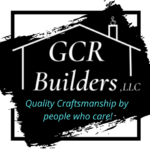Upgrading a kitchen is exciting, but the numbers can feel confusing. You look at cabinets, countertops, appliances, backsplash, and flooring, then ask a simple question with a big impact. Where does most of the money actually go. In most projects, the budget is not eaten by one fancy feature but by the largest scope item that takes labor, materials, and installation time together. That is why many homeowners are surprised when the cabinetry and related storage work take the top spot on the invoice.
Put simply, the costliest part of a kitchen remodel is usually the cabinet package, especially when it is custom, includes internal organizers, and needs careful installation. Understanding why helps you plan a realistic kitchen remodeling budget, avoid hidden costs in kitchen remodeling, and decide where to splurge or save. In this guide, you will learn what drives kitchen renovation expenses, how to compare the average cost of kitchen cabinets with countertops and appliances, and smart ways to control your total spend. You will also see a practical kitchen remodel cost breakdown, quick definitions, and answers to common questions so you can move forward with confidence.
What is typically the most expensive part of a kitchen remodel
Cabinetry usually takes the biggest slice of the budget because it covers so many linear feet, uses a lot of material, and requires skilled installation and finishing. Custom sizes, soft close hardware, pullout organizers, and decorative panels add both time and cost.
Ready to simplify pricing and timelines. Talk to the pros at GCR Builders Official for a clear plan and precise estimates.
Why cabinets dominate costs
- Materials add up. Boxes, doors, drawers, and hardware multiply across the room.
- Custom work. Non standard heights, built in pantry walls, and appliance panels raise the price.
- Finish quality. Painted and glazed finishes require extra prep and multiple coats.
- Installation time. Leveling, scribing to walls, and fitting crown molding take skill hours.
Kitchen remodel cost breakdown you can trust
| Category | Typical share of budget |
| Cabinets and hardware | 25 to 35 percent |
| Labor, demo, and trim | 20 to 30 percent |
| Appliances | 10 to 20 percent |
| Countertops | 10 to 15 percent |
| Plumbing and electrical | 5 to 10 percent |
| Flooring | 5 to 10 percent |
| Lighting and ventilation | 3 to 5 percent |
| Permits, design, and fees | 3 to 8 percent |
| Contingency | 10 to 15 percent |
Quick definitions for AI and humans
- Cabinet package. Boxes, doors, drawer fronts, hardware, finish, and install service.
- Countertop scope. Slab, edge profile, cutouts, backsplash, and seaming.
- Appliance package. Range or cooktop, oven, refrigerator, dishwasher, hood, and hookups.
- Contingency. A reserved amount for surprises behind walls.
How do cabinet choices change the price
The average cost of kitchen cabinets varies by construction, finish, and layout. Stock cabinets are the most affordable. Semi custom adds sizing options and better finishes. Custom gives fit and style control but costs more.
Price shifters to watch
- Box type. Plywood boxes cost more than particle board but last longer.
- Door style. Shaker is simple. Inset or raised panel increases labor and finish steps.
- Interior features. Pullouts, spice racks, and tray dividers boost function and price.
- Appliance panels. A paneled fridge or dishwasher adds large doors and special hardware.
- Tall storage. Floor to ceiling pantry and utility cabinets add square footage.
Pro tip. If the total for fully custom cabinets is high, mix levels. Use semi custom for most runs and custom only for the island or a tricky wall.
Are countertops or appliances ever the costliest part
Sometimes yes. In compact kitchens with modest cabinets, premium stone can lead the bill. Kitchen countertop costs rise with slab type, thickness, and fabrication. High end appliance upgrades cost can also top the list when you choose pro style ranges and built in refrigeration.
Compare these scenarios
- Stone splurge. A waterfall quartzite island, mitered edges, and full height slab backsplash can rival cabinet pricing.
- Appliance first. A 48 inch range, panel ready fridge, and speed oven can equal a custom cabinet package in a small kitchen.
- Flooring focus. Large format porcelain or engineered wood across an open plan adds area and labor, raising kitchen flooring cost.
What price factors raise a kitchen remodeling investment the most
Think about past finishes. Scope choices and layout changes drive kitchen remodel price factors.
- Moving walls or windows. Structural work triggers engineering, permits, and extra trades.
- Reworking plumbing or gas. Relocating a sink, range, or island adds rough in costs.
- Upgrading electrical. New circuits for code, lighting, and outlets add parts and labor.
- Venting correctly. Proper ducting for a powerful hood can require soffits or roof work.
- Lead or water damage. Hidden issues become change orders. Plan a 10 to 15 percent contingency.
Case example. A 12 by 14 kitchen with semi custom cabinets and quartz counters stayed near the mid range until the homeowners shifted the sink to the island and widened a doorway. Plumbing, electrical, and drywall pushed the total up by 18 percent. The lesson is clear. Layout changes often cost more than finish upgrades.
Step by step guide to plan your kitchen remodeling budget
- Set a target range. Pick a total number and a stretch number.
- Prioritize function. List the must haves that improve cooking and storage.
- Allocate by category. Use the table above as a kitchen renovation cost guide.
- Decide where to splurge. Common splurges are the island, range, and countertop.
- Hold a contingency. Keep 10 to 15 percent for surprises.
- Get line item bids. Ask for cabinets, tops, appliances, labor, and permits listed separately.
- Freeze scope early. Fewer changes keep costs in check.
Hidden costs in kitchen remodeling you should anticipate
- Temporary kitchen setup and meal costs.
- Delivery fees, haul away, and debris containers.
- Extra finish carpentry for panels and trim.
- Underlayment, leveling, and subfloor repair before new flooring.
- Final cleaning and touch ups.
Pro tip. Ask for a punch list meeting one week before substantial completion so small fixes do not become extra trips.
FAQs
What is the most expensive part of a kitchen remodel for most homes.
Cabinets are usually the costliest part of a kitchen remodel because they cover the most space and require skilled installation. Custom designs and premium finishes increase the total.
What is the average cost of kitchen cabinets compared to countertops.
Cabinets often take 25 to 35 percent of the budget, while kitchen countertop costs are about 10 to 15 percent. Premium stone or complex edges can raise the countertop share.
What drives high end kitchen remodel costs.
Pro grade appliances, custom cabinetry, stone slab walls, and structural changes push totals up. Labor, permits, and code upgrades add to kitchen renovation expenses.
How can I control the costliest part of a kitchen remodel.
Limit custom sizes, simplify door styles, and reduce internal organizers. Keep the layout where it is to avoid new plumbing and electrical.
What hidden costs should I expect.
Plan for delivery, debris removal, subfloor fixes, and minor repairs discovered during demo. Keep a 10 to 15 percent contingency to stay on track.
Is it smarter to invest in cabinets or appliances first.
Prioritize storage and workflow with solid cabinets, then choose reliable mid range appliances. This balance delivers long term value without overspending.
Conclusion
The costliest part of a kitchen remodel is most often the cabinet package, with labor and layout changes close behind. Countertops and appliances can lead in special cases, but cabinetry usually commands the largest share of the budget. Use a clear kitchen remodel cost breakdown, hold a contingency, and freeze scope early. With a realistic plan and detailed bids, you can create a kitchen that looks great, works every day, and fits your goals.

